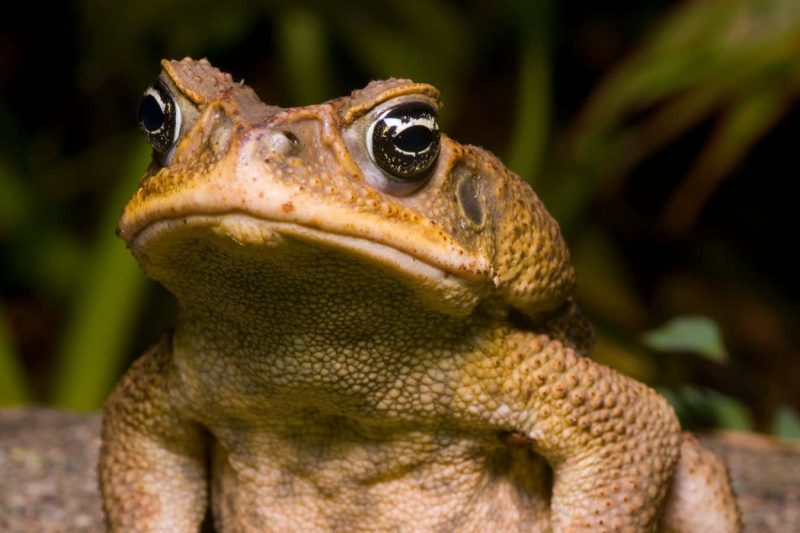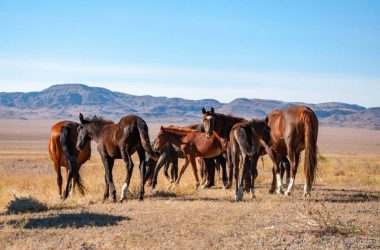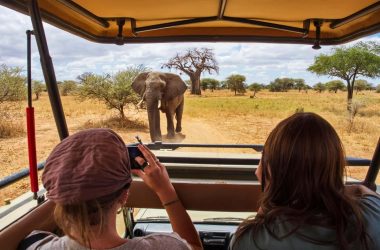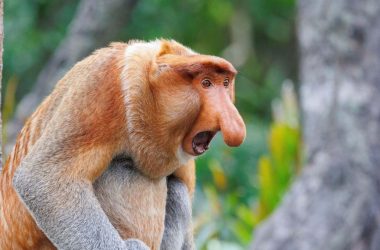The Impact of Invasive Species
Human activities have led to the introduction of 37,000 alien species worldwide, with 3500 of them causing significant harm to wildlife, food production, and human health. The cost of this invasion is now more than $420 billion annually, as reported by the Intergovernmental Science-Policy Platform on Biodiversity and Ecosystem Services (IPBES).
Addressing the Problem
A collaborative effort is required to combat invasive species. Individuals and governments both play a crucial role in finding solutions. Reporting the presence of invasive species and taking steps to prevent their spread are essential. Public reports in the UK have successfully prevented the establishment of Asian hornets by promptly destroying their nests.
However, the global response is insufficient. The report reveals that only 17% of countries have dedicated laws or regulations on alien species, with nearly half of them not allocating any resources towards managing biological invasions.
It is crucial to develop policies that cut across various sectors, including tourism, farming, aquaculture, pet trade, and gardening, to effectively tackle the issue.
Threats to Biodiversity and Food Production
Invasive species are a significant contributor to global extinctions, playing a role in 60% of recent extinctions. Without intervention, it is projected that the number of alien species globally will increase by one-third by 2050.
In addition to biodiversity loss, invasive species pose a threat to food production. For example, the spread of water hyacinth in Lake Victoria has negatively impacted fish catches in East Africa.
Human Health Concerns
Many invasive species also pose risks to human health. Contact with giant hogweed can cause severe blistering, while invasive grasses fueled recent wildfires in Hawaii, leading to the loss of human lives.
The Future Threat
Although many of the 37,000 alien species are not problematic currently, they could become a threat in the future. These species may remain present for decades before population explosions are triggered by factors such as climate change or the introduction of other invasive species.
The Need for Global Action
Given the ongoing land clearance for farms and urbanization, coupled with the rapid warming of the planet due to carbon emissions, the interaction between these causes of biodiversity loss paints a grim future.
It is evident that urgent action is required to prevent the further spread of invasive species and preserve the delicate balance of ecosystems.








